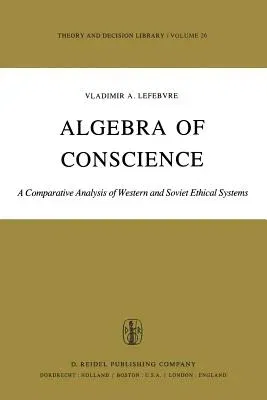V a Lefebvre
(Author)Algebra of Conscience: A Comparative Analysis of Western and Soviet Ethical Systems (Softcover Reprint of the Original 1st 1982)Paperback - Softcover Reprint of the Original 1st 1982, 21 December 2011

Qty
1
Turbo
Ships in 2 - 3 days
In Stock
Free Delivery
Cash on Delivery
15 Days
Free Returns
Secure Checkout
Part of Series
Theory and Decision Library
Print Length
224 pages
Language
English
Publisher
Springer
Date Published
21 Dec 2011
ISBN-10
940109053X
ISBN-13
9789401090537
Description
Product Details
Author:
Book Edition:
Softcover Reprint of the Original 1st 1982
Book Format:
Paperback
Country of Origin:
NL
Date Published:
21 December 2011
Dimensions:
22.86 x
15.24 x
1.19 cm
ISBN-10:
940109053X
ISBN-13:
9789401090537
Language:
English
Location:
Dordrecht
Pages:
224
Publisher:
Series:
Weight:
303.91 gm

